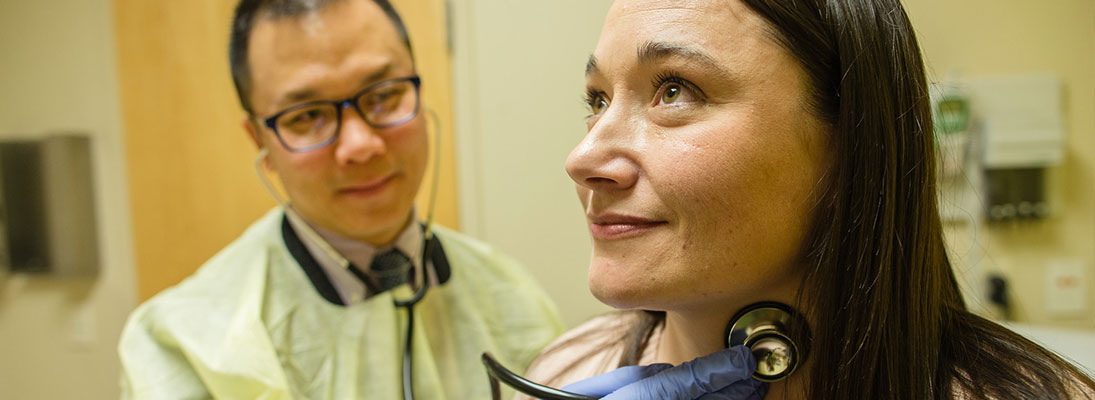
A gentler approach
If you’re weighing the important decision of hysterectomy – the surgical removal of the uterus and sometimes ovaries and fallopian tubes – you may want to consider a gentler method called minimally invasive hysterectomy. Minimally invasive (laparoscopic) hysterectomy treats conditions like fibroids, endometriosis and uterine prolapse.
Clovis Community Medical Center’s minimally invasive hysterectomy program is specifically focused on using minimally invasive techniques for hysterectomies and related women’s surgeries.
As a whole, 93% of the hysterectomies through our program are performed laparoscopically compared to the national average of about 50%.
How minimally invasive hysterectomy works:
Thin tubes are inserted through three to five small incisions about the size of a dime to inflate the abdomen. Not creating a large opening means less pain and a quicker recovery. A small camera is placed through one of the tubes so the surgeon can monitor the operation. The uterus is then removed.
Benefits:
Less scarring, tissue damage and bleeding
Smaller incisions: Most incisions from minimally invasive procedures are usually so small (button-hole-sized) they take only a stitch or two to close.
Quicker recovery: Smaller incisions mean faster healing.
Minimal discomfort: Laparoscopic surgery is less invasive, so there is typically less pain.
Less time in the hospital: You are typically discharged after one day and can return to normal activity within two to six weeks compared to an open hysterectomy patient whose hospital stay can extend up to four days.
Fewer complications: With smaller incisions there are fewer chances for complications.
We use cookies and other tools to optimize and enhance your experience on our website. View our Privacy Policy.

